Cards In This Set
| Front | Back |
|
The following are _______ ________ questions to ask during the ____ assessment? Noise (bothersome or not) Ear infections Risk for development of ear infections Hearing loss(patient and family) How clean ears (which method) Medications
|
HEALTH HISTORY QUESTIONS to ask during the EAR ASSESSMENT
|
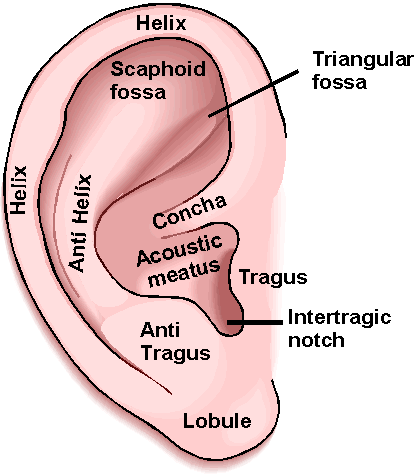 (image) |
EXTERNAL ANATOMY OF THE EAR
|
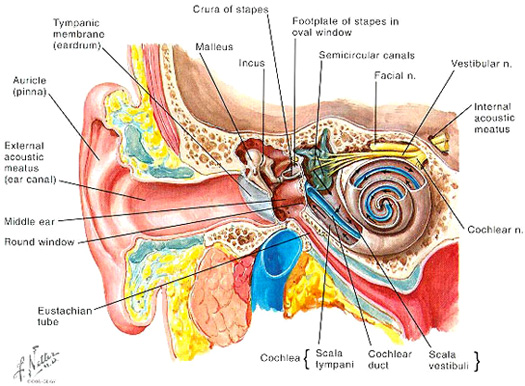 (image) |
INNER EAR ANATOMY
|
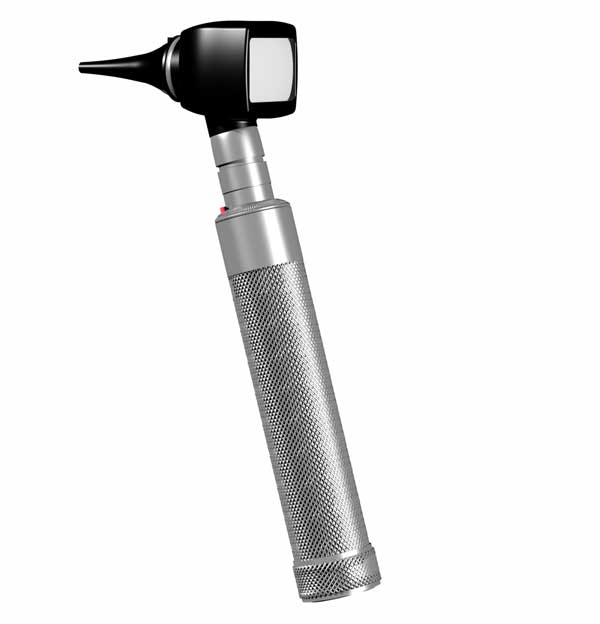 A medical device which is used to look in the ears |
OTOSCOPE
|
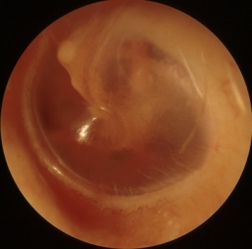 This is an image of what?What are its "normal" appearance features? |
TYMPANIC MEMBRANENormal: pearly, grey, shiny Cone of light: 5-o clock (right ear) 7-o-clock (left ear)
|
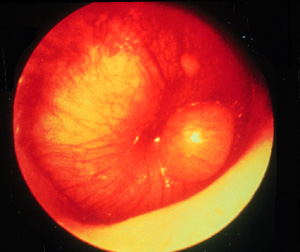 ________ ________ is an inflammation of the middle ear without reference or etiology or pathogenesis. |
OTITIS MEDIA
|
|
A small tube inserted into the eardrum in order to keep the middle ear aerated for a prolonged period of time, and to prevent the accumulation of fluid in the middle ear
|
TYMPANOSTOMY TUBES
|
|
A tube that links the nasopharynx to the middle ear
|
EUSTACHIAN TUBE Infant: Has a horizontal Eustachian tube which makes them more susceptible to ear infections Adult: has a sloped eustachian tube
|
|
________ _______ _____ occurs when there is a problem conducting sound waves anywhere along the route through the outer ear, tympanic membrane, or middle ear
|
CONDUCTIVE HEARING LOSS (external or middle ear disorders that prevent transmission of sound)
|
|
A type of hearing loss in which the root cause lies in the vestibulocochlear nerve (CN VIII), the inner ear, or central processing centers of the brain
|
SENSORINEURAL HEARING LOSS (disorders of the inner ear; 8th CN or brain)
|
|
A hearing test in which a soft sound or word is identified at 2-3 feet away
|
THE WHISPER TEST
|
|
A hearing test that tests transmission of sound via bone conduction
|
THE WEBER TESTExpected Result: "No lateralization"
|
|
A hearing test in which the ratio of air conduction (AC) is compared to the ratio of bone conduction (BC)
|
THE RINNE TESTExpected Result: AC>BC by a ratio of 2:1 or greaterNormal response documented as "Rinne positive"
|
|
To assess for early jaundice. the nurse should assess which of the following? A. Sclera and hard palate B. Nail-beds C. Lips D. All visible skin surfaces
|
SCLERA and HARD PALATE
|
|
A client has multiple red injections over the sclera. Which structure is most likely involved? A. Palpebral Conjunctiva B. Bulbar Conjunctiva C. Sclera D. Iris
|
BULBAR CONJUNCTIVA
|



